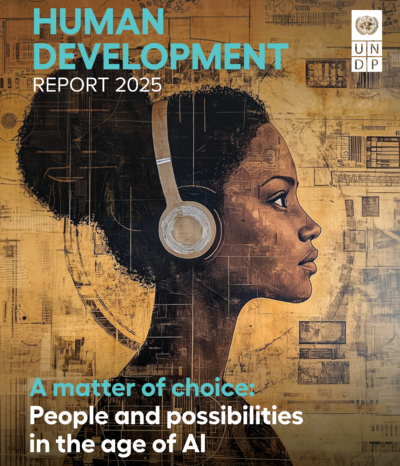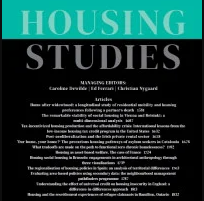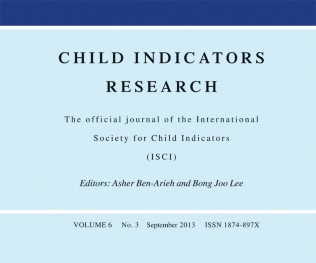Home Research / Reports Page 8
Research / Reports
- Research
While AI offers significant opportunities, it also poses challenges that require deliberate choices to ensure equitable and inclusive progress. This report advocates for a people-centered approach, highlighting the importance of human agency in shaping AI’s role in society.
- Research
This research examines the nature, experience, and relevance of tenant engagement for tenants living at Brisbane Common Ground, which is a single site model of permanent supportive housing.
- Research
This paper identifies the strategic repositioning of powerful media as influential players in housing finance in a financialised yet weakly-regulated environment, through a study of a mortgage portal embedded in Australia’s predominant property platform, realestate.com.au.
- Research
A study of over 9,000 participants showed that early life adversities correlate with diminished white matter connections, increasing risk for cognitive difficulties, but supportive relationships may offer protection.
- Research
This report presents findings from the third wave of the 2025 Election Monitoring Survey Series, conducted during the first fortnight of the 2025 federal election campaign. It includes novel questions on housing policy and supply-side liberalism.
- Research
This paper presents key findings from a process evaluation of the Justice Housing Programme (JHP), drawing on interviews with 19 current and former JHP clients and 16 professional stakeholders involved in the programme, as well as a brief survey with 17 current and former clients.
- Research
this study examined the association between individual and cumulative ACEs and parent-reported child homelessness in the US. Data for this study were derived from the 2022 National Survey of Children’s Health.
- Research
We study the effects of the SRU law introduced in France in December 2000 to support scattered development of public housing in cities and favor social mixity.








